
The traditional system of armament of Kazakhs has a complex structure, encompassing various sections, kinds, classes, groups and types of offensive and defensive weapons. Features of this traditional system, structural and functional connections between its structural elements reflected in the national terminology of weapons in the Kazakh language, without knowledge of which it is impossible to properly understand the entire complex of Kazakh traditional weapons.
In Kazakhs, the main category of defensive weapons is zharak, a means of in-person protection, i.e. protective weapons put on the body of a warrior. According to the traditional military terminology of the Kazakhs, the items of this section of protective equipment have a common name: the "warrior's clothing", that is, "combat clothing", which reflects the main feature of this category of objects and the way they are worn (dressing). The kind of combat clothing for protecting the body of a warrior from enemy weapons - armor - is called sauyt by traditional military terminology of Kazakhs. The oldest kind of armor among the Kazakhs is called kobe sauyt - scale armor. A separate plate that creates armor protection structure for this type of armor is called kobe. Therefore, sometimes this kind of armor Kazakhs call kobeli sauyt (i.e. "armor from kobe plates") or simply "kobe". The verb "kobelenu" in the Kazakh language literally means "to settle down, partially covering each other". It denotes in nature all that, being located in this way, serves in a certain order as a defense for something. This applies not only to the scales of fish or snakes, but also to the feathers of birds, so is the similar arrangement of flat rock strata on rocks, and so on. As you can see, the content of the term kobe in the Kazakh language is much wider than the value of the Russian term for scales, used in weapons science. The very "scales" in Kazakh are called kabyrshyk. From the foregoing it follows that for the armor kobe Kazakhs referred all types of armor, where the basis of protection is created by metal plates, recruited with partial cover of each other horizontally or vertically, regardless of their shape and size, the method of attachment.
The defining characteristic for classification was the character of the arrangement of the plates, i.e. way of armor protection. The above proves that the scale armor, recruited from the small plates sewn onto the base, and the lamellar armor of the belt connection of elongated plates, according to the nomenclature of the nomadic Turks, belonged to the armor of kobe, since the method of protection for them was identical.
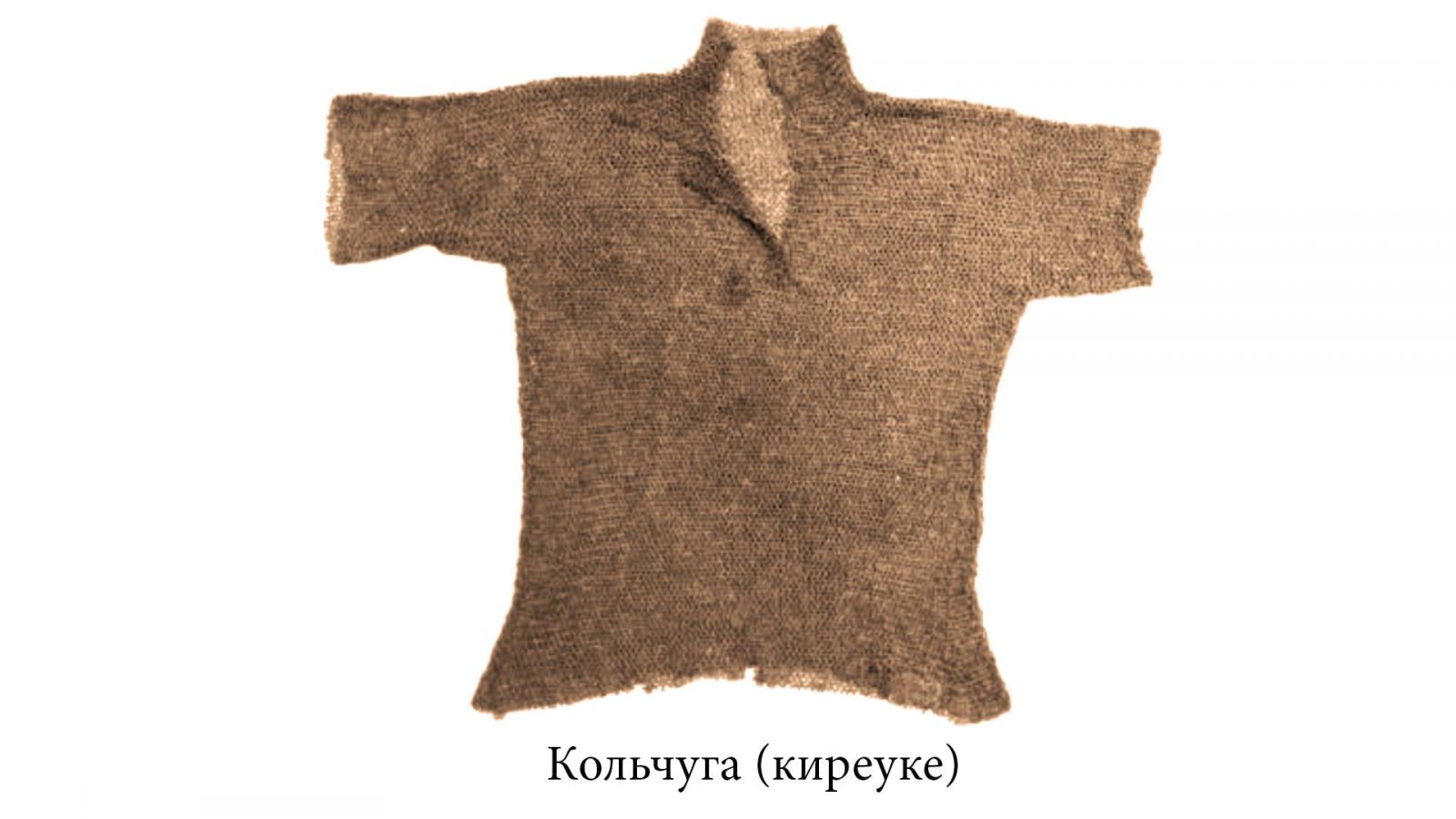
Another most common type of battle armor of Kazakhs is called "kireuke sauyt" (chain armor) or simply "kireuke". Rings, from which we weave chain armor, are called shygyrshyk, hence another name of chain armor in Kazakh – shygyrshykty sauyt (ring armor). This concept also denotes a group of armor, the basis of its protection creates weaving of metal rings.
The internal diameter of the chain rings according to traditional terminology is called koz (literally: "eye"). Since the inner diameter of the rings in different types of chain armor is of different sizes, this ring parameter served as a criterion for determining the type of mail. The chain armor, made of rings with a small internal diameter, was called torgay koz kireuke (literally: "chain mail with eyelets of rings as a passerine eye"), and the chain mail of rings of medium size – shozhe koz kireuke (literally: "chain mail with eyelets like a chicken eye"). These two variants of the Kazakh chain mail correspond to two types of mail armor, which in armor studies are denoted by Russian term coat of mail (the type of mail of smaller rings). Written sources testify the existence among the Kazakhs and chain armor and coat of mail.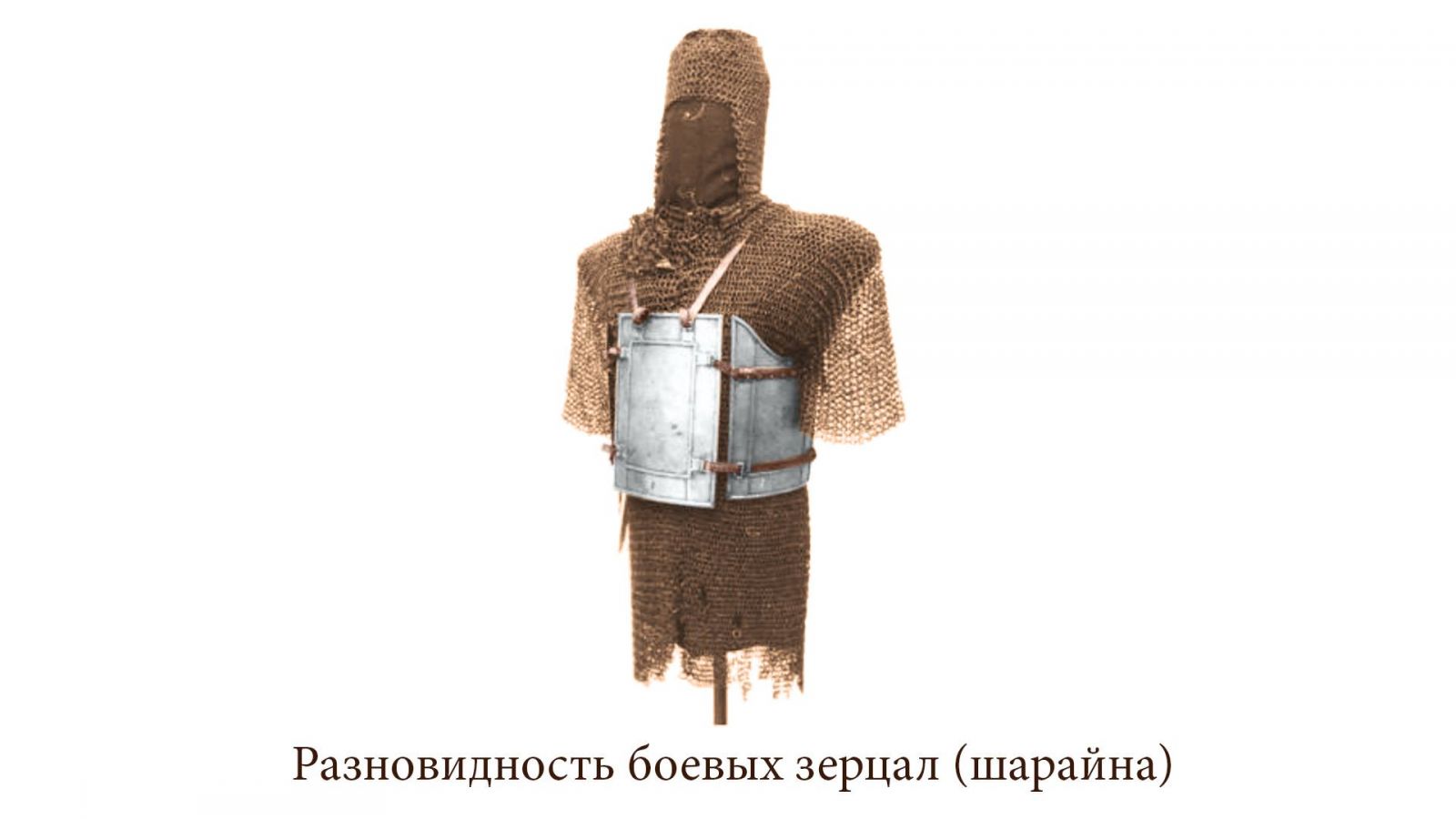
In the museum collections, mail armor used by Kazakh soldiers is woven from iron rings with a diameter of 10-12 mm, and the chain armor is made of rings 7-9 mm in diameter. The chain of mail, woven from large flat rings, Kazakhs called badana koz kireuke (literally: "chain mail with eyelets of rings as badana") or simply badana (in Russian - "baydana"). The name of this type of chain mail comes from the name of the plant of badana; its roots were in the form of round bulbs. The armor rings of "badana" are large, the diameter of the rings reached 14-16 mm.
The third type of Kazakh battle armor is ring-plate armor, with large steel plates woven into their mail-clad cloth, covering the belly, back and sides of the warrior. Kazakhs called it zere sauyt (armor "zere") or "zere" (from Persian zerekh - armor from iron rings). In written sources, such armor was called zhaushan (in Russian terminology - yushman). "Zhaushan" was armor in the form of a jacket with a collar and short sleeves, had a solid cut from the front, and fastened with straps and buckles on the plates in front.
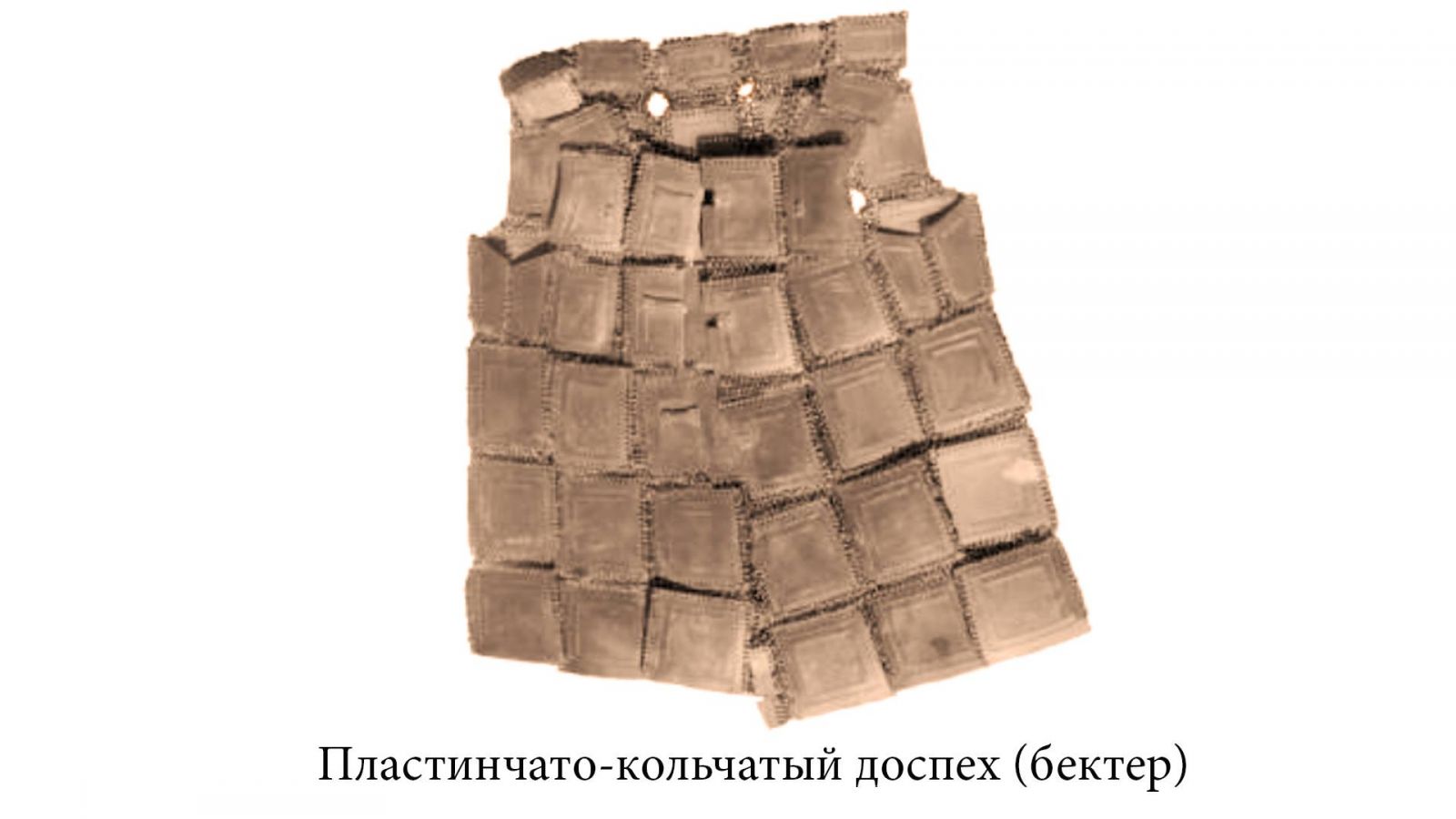
The plate-ring armor, recruited from small steel plates, fastened together along the edges by chain or shell rings, was called bek sauyt, but in written sources there is another variant of the name of this armor in Turkic language - bekter. The armor had the form of a jacket without a collar and sleeves, with clasps on the shoulders and on right or left side.
The next type of protection - armor from large steel boards (shields), sewn in rows on the joint to a soft base, Kazakhs called beren sauyt (board armor). The damask shields of the armor in the Kazakh language were called the name of the beren / bereng, so this armor was sometimes called berendi sauyt / berengili sauyt (i.e. armor from the "boards" of beren) or simply beren. Since the armor was protected by large steel "boards" from inside the base and was inactive, it was made in the form of a "waistcoat", without sleeves, and it had a cut at the sides and was fastened with straps and buckles. That is why Kazakhs called this kind of armor, in accordance with its form, also zhensiz beren (i.e. "sleeveless beren") or simply zhensiz ("sleeveless").
The type of armor, sewn from several layers of silk fabric and quilted on cotton wool and wool (armor from soft materials), Kazakhs called attama sauyt ("multi-layer armor") or kattau ("multi-layered"). Since this kind of armor was made of soft material, it usually had the form of a robe with a long hem, long sleeves and a standing collar. In the works of Kazakh warriors-zhyrau it is noted that this kind of protective equipment can be used both as warm outer clothing and as a kind of military armor. The use by Kazakhs of this type of military protective clothing is confirmed by written sources.
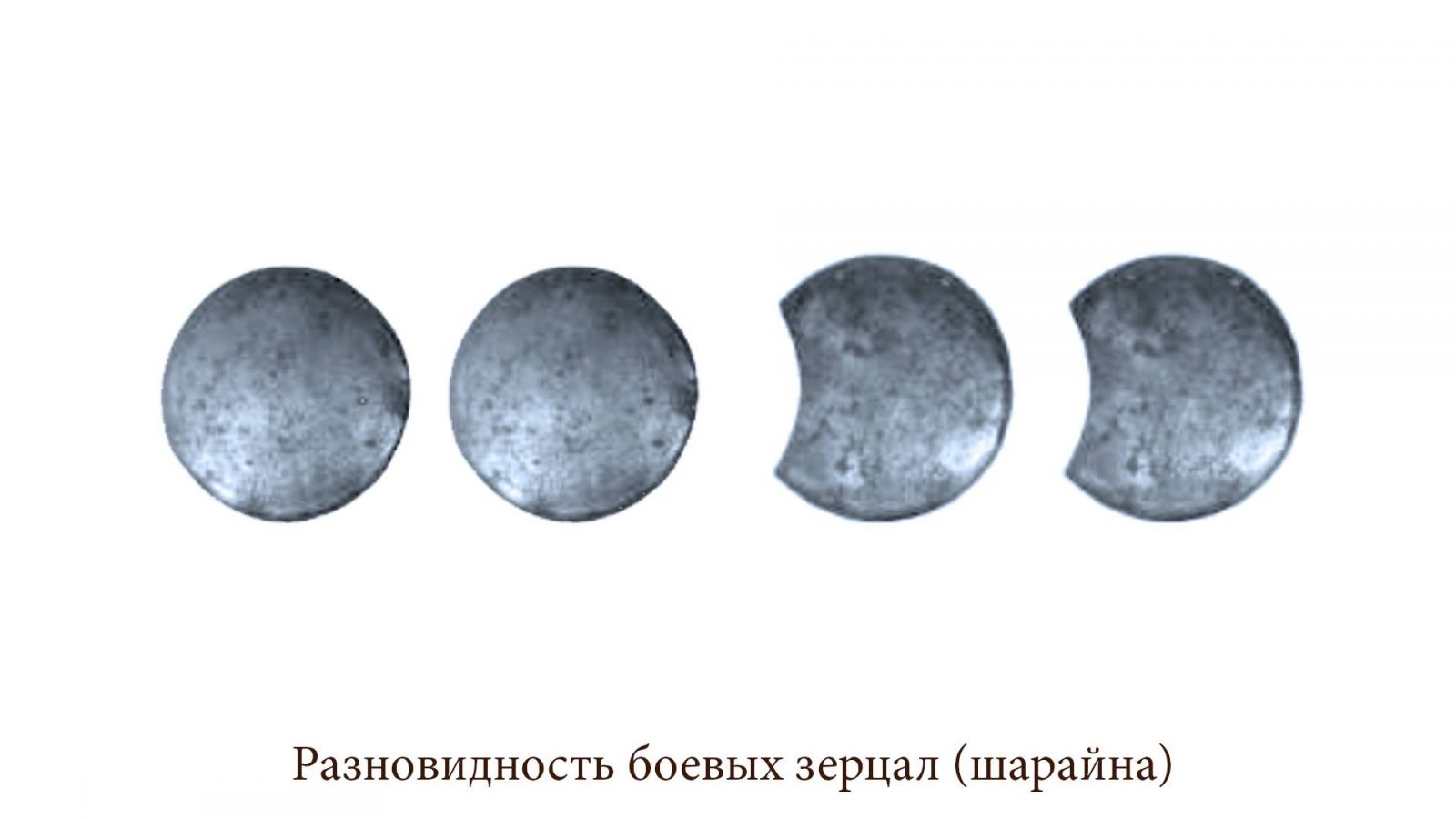
Protective equipment, also referred to as the "board" armor, is a battle mirror of sharayna, consisting of several steel shields, called "ayna", slightly curved in shape, connected by straps and buckles. The name of this armor consists of two words: "ball" (from the Persian - four) and "ayna" (mirror), which literally means "armor of four mirrors (shields)." Since the "boards" of mirrors were made from damask sheets, the mirror is sometimes called sharbolat, i.e. "four damask boards."
Kazakh military mirrors have several varieties. According to the traditional classification of weapons, the combat mirror of the Kazakhs is not included in the sauyt armor, but refers to additional protective equipment; it was put mostly on the armor.
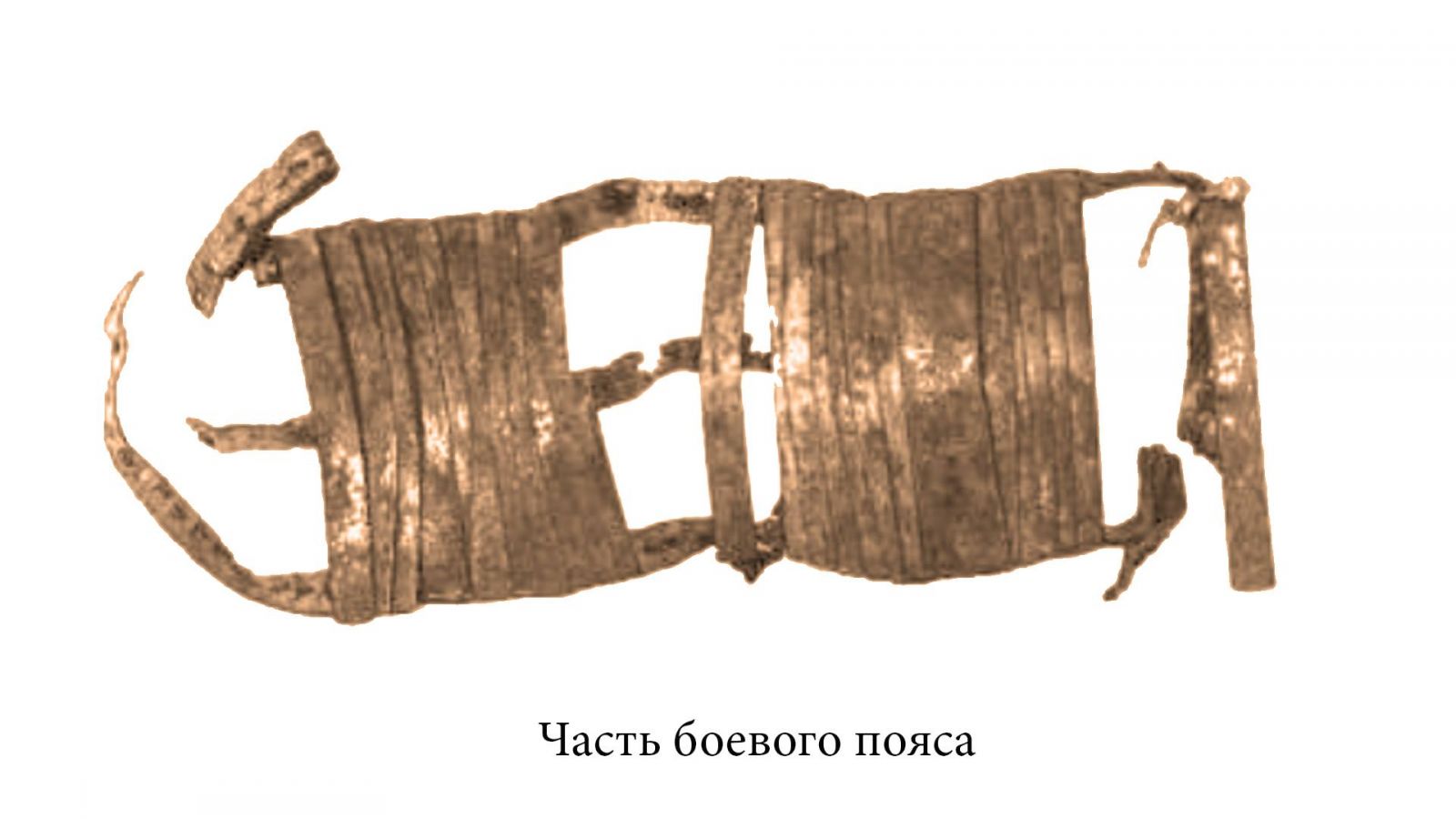
As an additional protective equipment for protection of the lumbar part of the body was also used a military protective belt - "zhauyngerlik beldik." This belt was drawn from narrow steel plates fixed on three straps, partially covering each other.
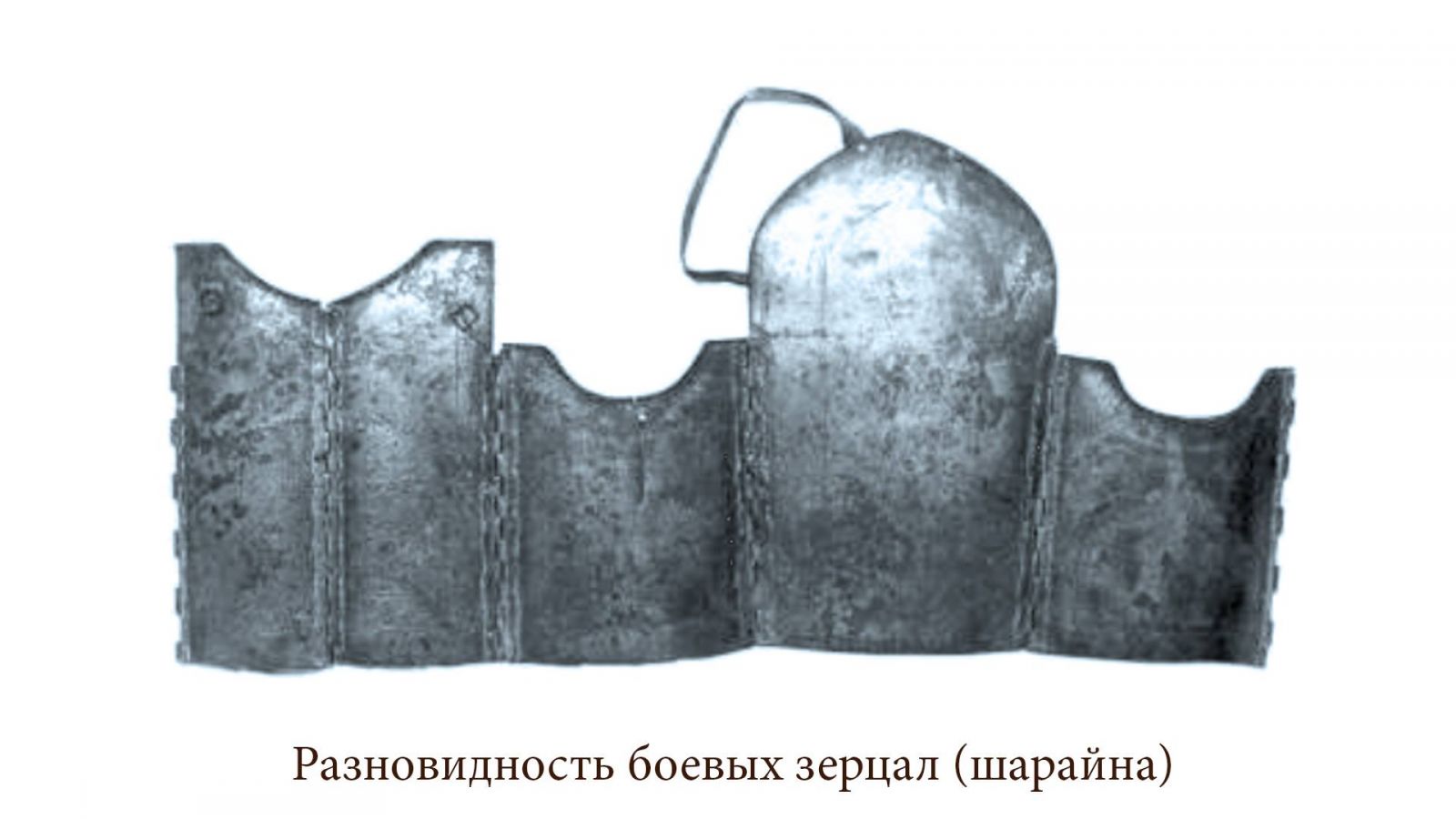
So, as shown above, with the traditional system of classification of armor that existed among the Kazakhs, the main classification feature for typology was the armor protection system, i.e. method of creating protection. Therefore, in the traditional names of armor, it is usually emphasized its main armor element - plate, ring, board, etc. To distinguish the varieties, the defining characteristics were the parameters of the armor element - the size, quantity, and the material and shape of the armor.
All the above types and varieties of Kazakh armor, their constructive elements have similar names in other Turkic languages, differences are found only in the names of later types of armor. And this is evidence that such a classification system was uniform for all nomadic Turkic peoples, and it began to take shape already in the Turkic era, together with the emergence of the main types of nomadic protective equipment.
By K.S. AKHMETZHAN
Translated by Raushan MAKHMETZHANOVA
